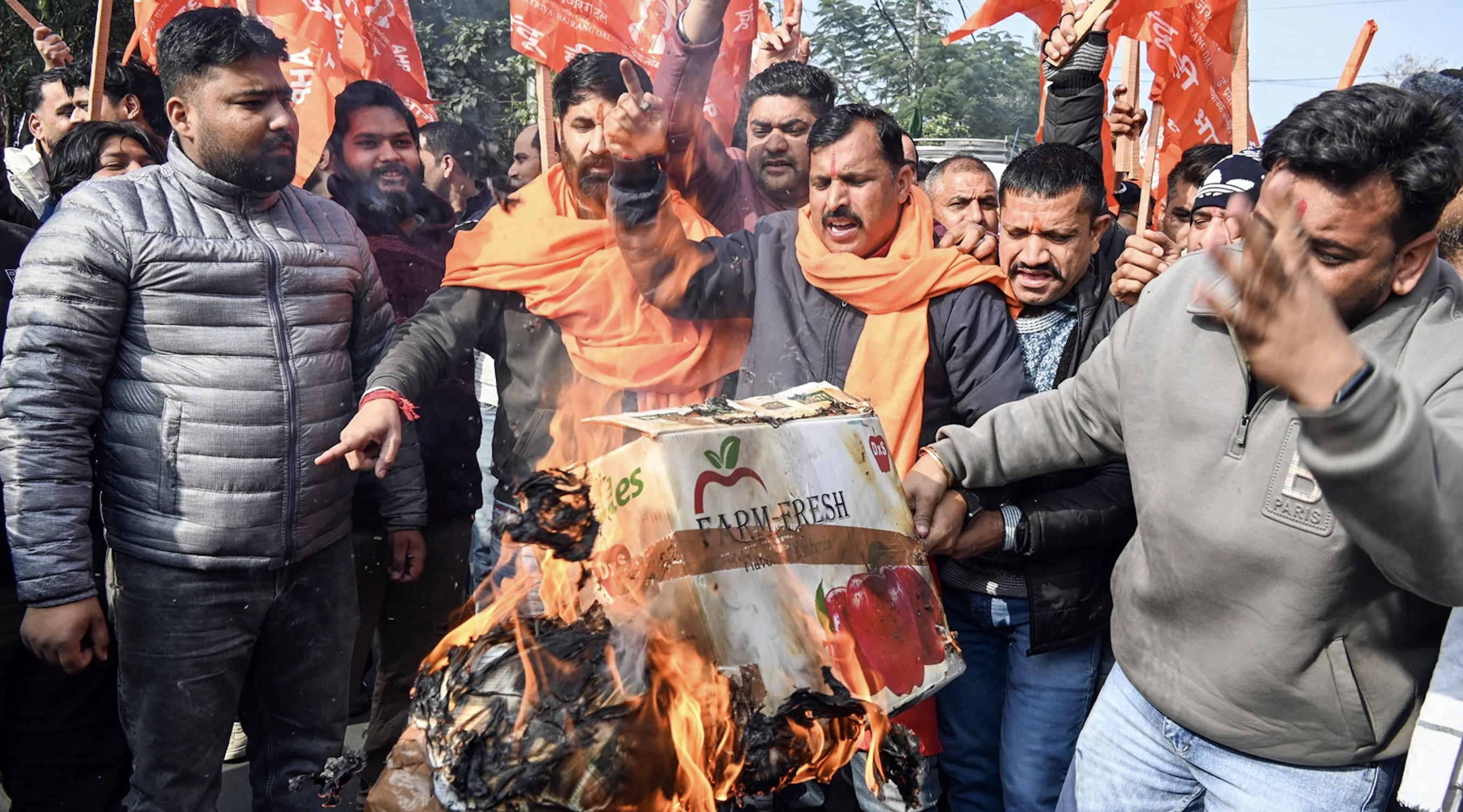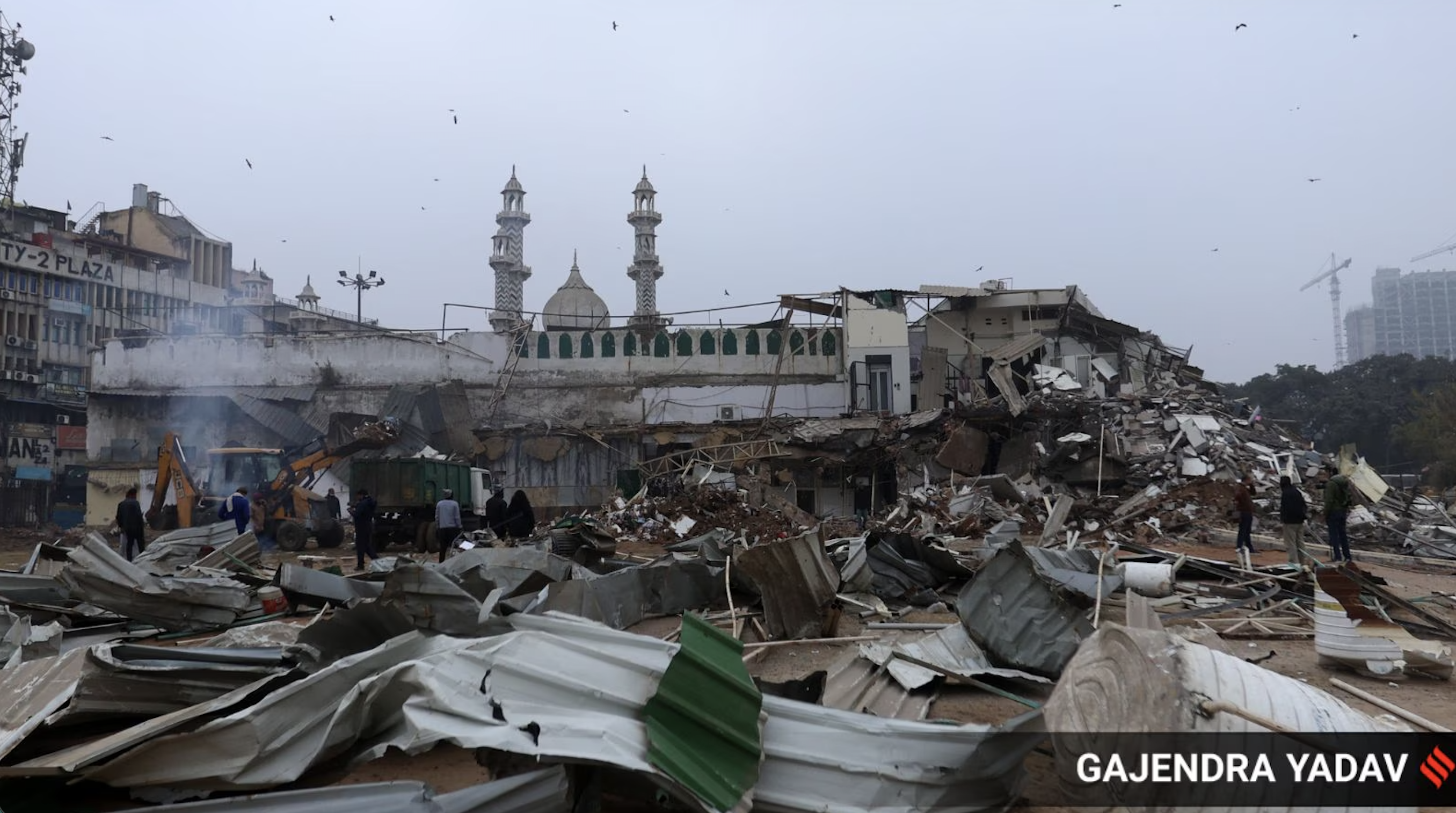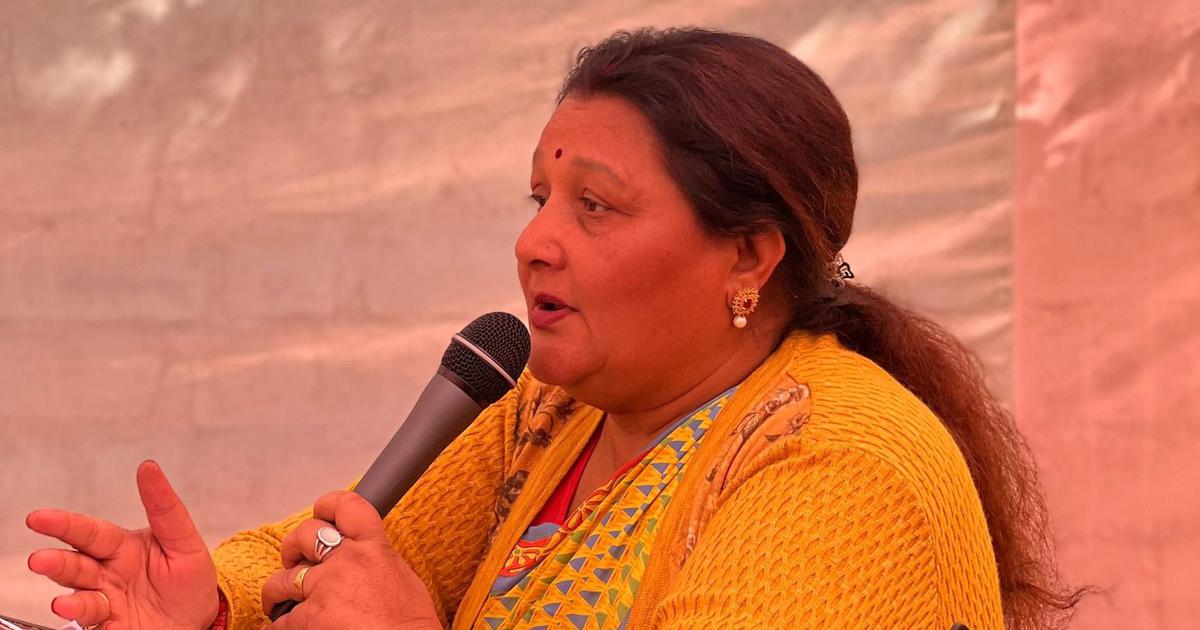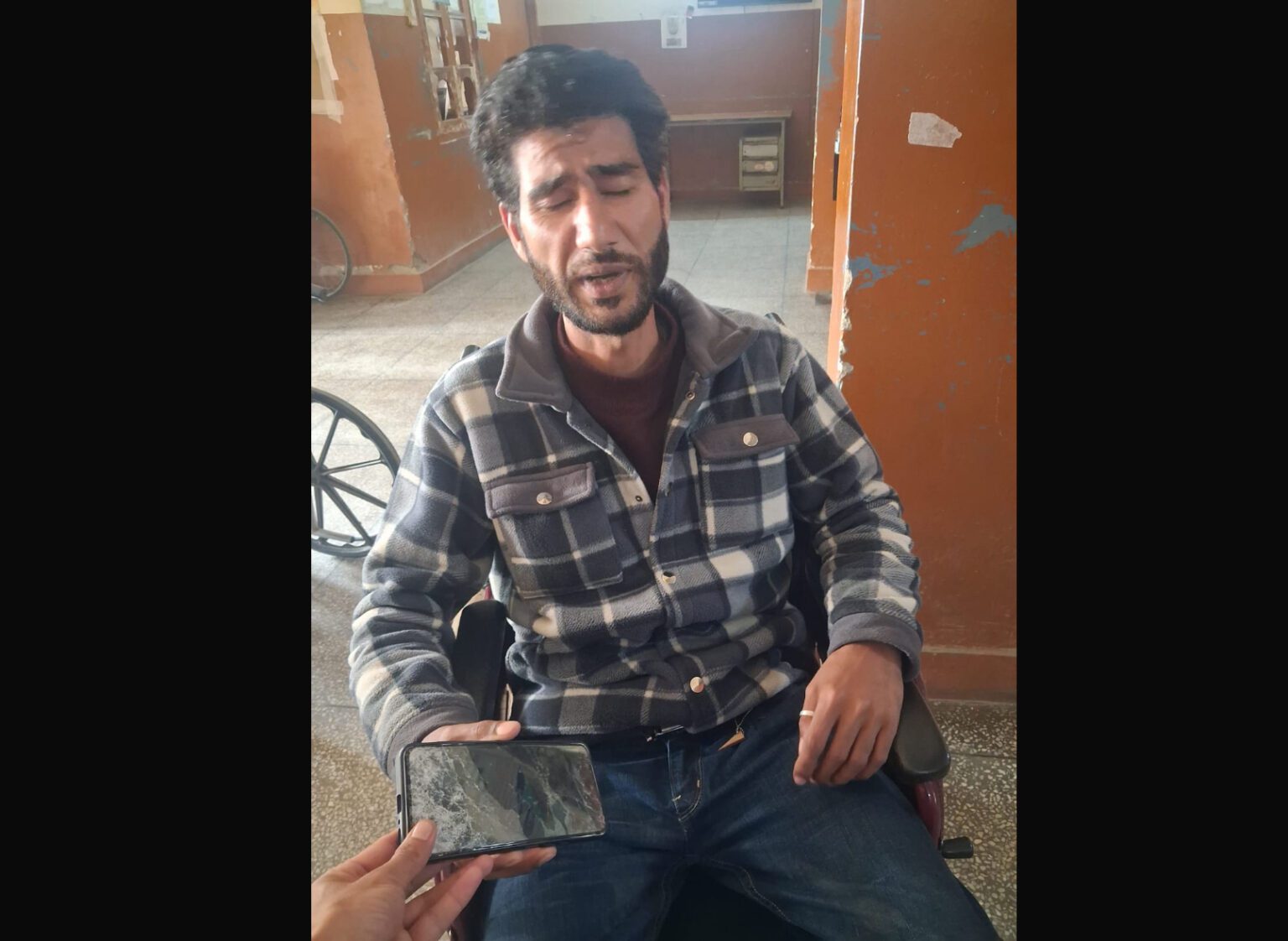
New Delhi: The beds in Sabarmati hostel were littered with shattered glass from smashed windows, the doors to many rooms appeared to have taken a beating. Yet, so selective was the violence that the plastic flowers adorning the door of a former Akhil Bharatiya Vidyarthi Parishad (ABVP) activist were untouched, while a few doors down, a Kashmiri student’s room was forced open using a heavy fire extinguisher and ransacked.
At 6:30 PM on January 5, a phalanx of at least 50 masked men, and a few women, armed with iron rods, wooden batons, crude hammers, and stones, swept through the Jawaharlal Nehru University campus violently attacking students and teachers. At least 20 students, including JNU Student Union President Aishe Ghosh, and a professor Sucharita Sen, sustained severe injuries and were hospitalised.
As the rioters methodically attacked students and destroyed university property, mobs of stick-welding men assembled at the University’s gates, intimidated journalists, snatched their phones, and chanted slogans commonly associated with cadres of the ABVP, its parent organisation the Rashtriya Swayamsevak Sangh, and its affiliate — the ruling Bharatiya Janata Party (BJP).
An ambulance sent to attend to injured students was attacked, as was academic and political activist Yogendra Yadav. The Delhi police, which answers to the BJP Home Minister Amit Shah, did little to control the mob, and instead focused on stopping journalists from entering the university campus.
The ABVP has denied any role in the attack, saying 25 of its members were injured in the attack and 11 students were missing. The masked men who participated in the violence, the ABVP said, were from the university’s leftist groups according to a PTI report.
In a statement, the JNU Teachers Association said, “the orgy of violence that was unleashed in JNU today with the connivance of the JNU Administration with the Police standing by as mute spectators.”
To be sure, the identities of the attackers are yet to be ascertained. However, dozens of students on campus said that the masked goons appeared to be working in concert with representatives of the ABVP. Students also shared screenshots from what appears to Whatsapp groups of ABVP and RSS supporters ostensibly coordinating the storming of JNU. HuffPost India was unable to verify the authenticity of these screenshots and messages.
At least one group, called “Friends of RSS” appeared to have a JNU faculty member, Dhananjay Singh as a member. In a phone call with HuffPost India, Singh claimed to have no knowledge of the WhatsApp messages of which screenshots were circulating, but didn’t rule out the possibility that he was a member of the group.
“There are some WhatsApp groups to which my name has been added in which I have never been active. I do not know these people. I will try to find out,” Singh said.

A ransacked room in Jawaharlal Nehru University, New Delhi. On Jan 5 2020, a mob of masked men and women violently attacked university students protesting a fee hike
Rising Tension
The tension on JNU campus had been building in lockstep with a protest against a sharp hike in student fees. On Jan 4, and again in the afternoon of Jan 5, representatives of leftist unions and the right-wing ABVP traded accusations of each being attacked by the other. The campus Wi-fi had also been shut off, adding to the air of foreboding.
On the evening of Jan 5, at about 6 PM, the JNU Teachers Association (JNUTA) made an appeal for peace. A large group of students assembled at the “T point” — a major junction on the campus’s arterial road.
“Suddenly someone came running, saying a mob is coming,” said an eyewitness. Aishe Ghosh, JNU’s Student President told the students not to panic, when a large crowd armed with hammers, rods and sticks appeared.
As the crowd broke out into a run, some faculty members walked towards the mob to placate them only to be pelted with large rocks. One such rock hit Prof. Sucharita Sen from the School of Social Sciences on the head. She was subsequently hospitalised.
Meanwhile as the students fled their attackers, a group of men fell upon Ghosh, the student president.
“Their first blow was to Aishe’s head, and I was hit too,” the eyewitness said. “As we collapsed, they kept hitting us with sticks. They left us nearly unconscious and moved on.” Some passersby screamed for help and took the injured to shelter. Eventually an ambulance appeared to take them to the hospital.
Meanwhile, the mob entered Sabarmati hostel. As terrified students barricaded themselves into their rooms, the mob banged on doors and smashed windows. A visually-impared student, disoriented by the noise and violence, was caught by the mob and beaten. Women students who tried to stop the mob were threatened. As mentioned earlier, HuffPost India noticed that none of the rooms with prominent ABVP stickers on the doors appeared to have suffered damage.
Mrinal, a 27-year-old JNU student, who gave only his first name, said he was attacked by masked assailants on the road between Sutlej and Periyar hostel.
Three men, he said, beat him with bamboo sticks on his back. They pushed him on the ground and stomped on his hand. He has sustained injuries on his back.
“We should stop pretending that we live in a democracy. Fascism has arrived in this country and it has captured people. We need to fight back with our ideas and pens,” he said.

On Jan 5 2020, a group of masked men, some of whom wore helmets, attacked a group of students on the campus of Jawaharlal Nehru University, New Delhi, India
A PhD student, requesting anonymity, said he was having chai outside Sabarmati Hostel when students started running inside. He did too.
He heard stones being hurled at the glass door of the hostel and it smashing. He ran to the second floor. He saw the first wave of people enter. He was looking from the second floor balcony. He could not see their faces clearly.
“They were smashing everything,” he said. “Tables, windows, everything.”
He found refuge in a room with five other people. He emerged from the room after 20 minutes, but then a “second wave” of marauders came into the hostel and he ran to find refuge again.
In interviews, students appeared unable to accurately estimate just how long the violence raged, but by 9 PM students slowly began trickling out of their hostels. When HuffPost India managed to enter campus by 10:30 PM, hundreds of students had regrouped at the T-point next to Sabarmati Hostel and were anxiously looking for their friends. Some students were still locked up in their rooms scattered across JNU’s sprawling campus, as no one knew if the mob had left.
As the shock of the attack wore off, students formed a protest line and marched chanting through their campus. By 1 AM, the crowd wound its way to the main gate which had finally been opened.
Slogans were chanted, as students — briefly cowed by the violence — found their voice.
Then the crush of over a 1000 students turned in an orderly fashion and dispersed. JNU, somehow, had survived.

On Jan 5 2020, a group of masked men attacked a group of students on the campus of Jawaharlal Nehru University, New Delhi, India. The Delhi police is under fire for not doing enough to prevent the violence.
This story first reported on huffingtonpost.in byAman Sethi with inputs from Betwa Sharma on January 06, 2020 here.






